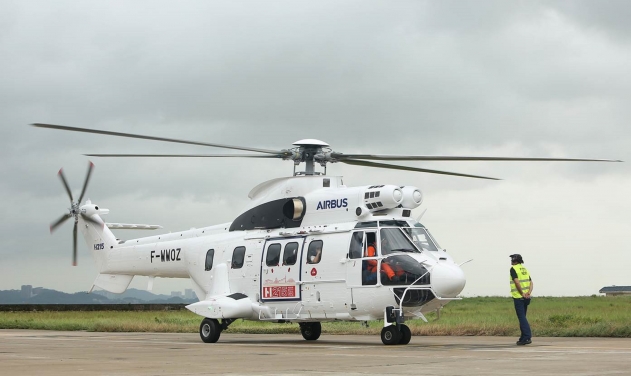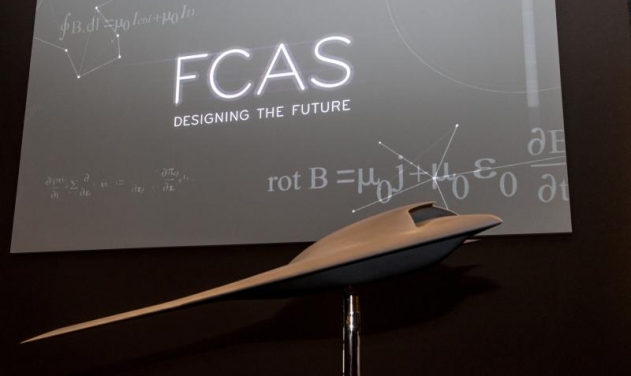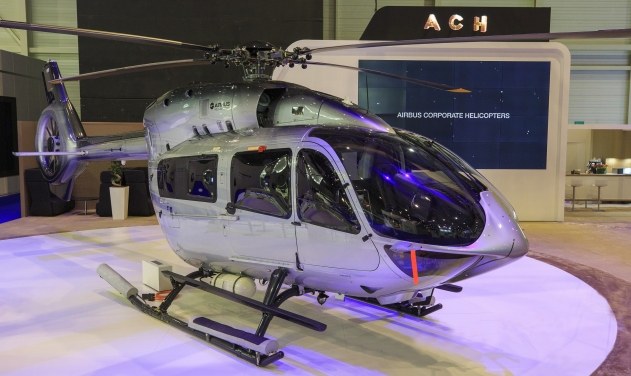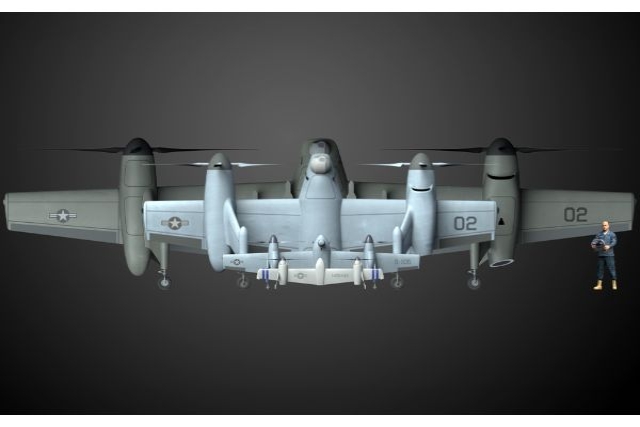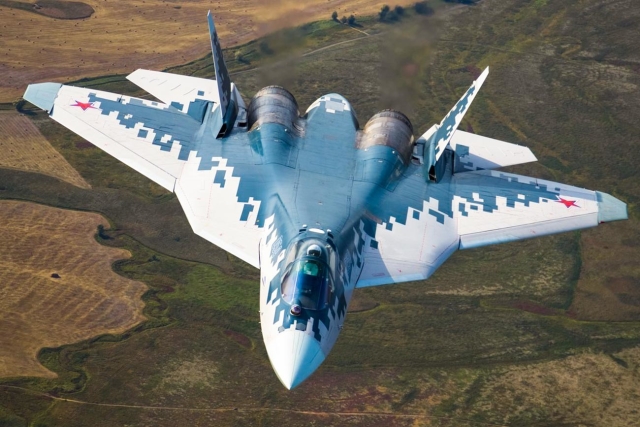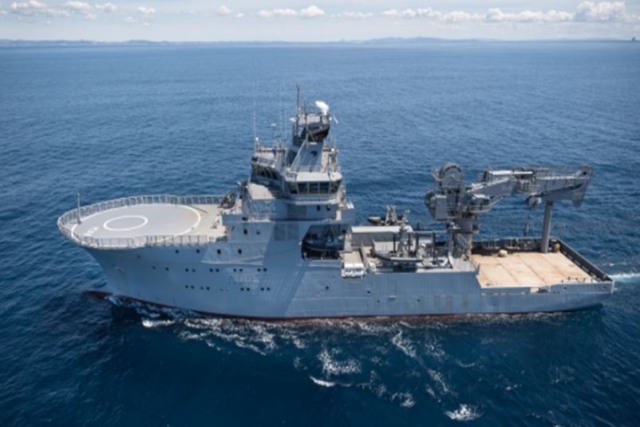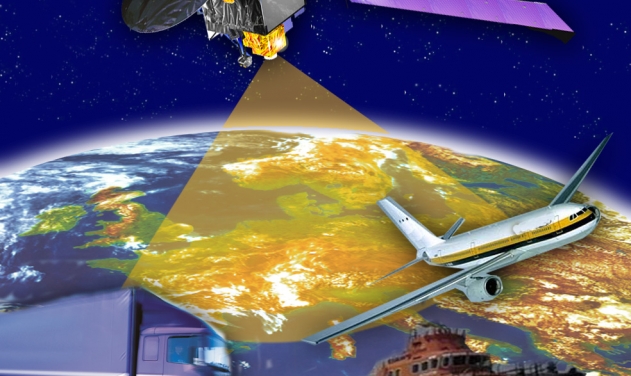Is The Proposed Airbus Fighter Jet A Non-starter?

Airbus’ plans to build a fighter jet meant for European Union (EU) nations could be a non-starter with lukewarm response coming from major EU members who have already bought into the US-made F-35.
“We are currently putting together pre-design studies to show what such an aircraft could look like,” Airbus Defence and Space chief executive Dirk Hoke had told German publication Handelsblatt. “We’re speaking very intensively with European governments.”
Alonso’s statement had created tremendous excitement ahead of the Paris Air Show 2017 that his company is currently working on some components for the jet at its locations in Germany and Spain, with funding coming from the respective governments and potentially other players in the future.
The ‘other players’ in his statement could be read as non-European nations such as those in the Middle East or South East Asia who are potential customers of the Eurofighter or the Dassault Rafale. The two current European fighters are success in their own right and it is unlikely that the nations backing them would give up their existing or future market in favor of an aircraft project that might take years to materialize.
While France is firmly a Dassault Rafale operator, the Eurofighter is operated by Spain, UK, Italy and Germany. The UK and Italy are already F-35 customers and are involved in its manufacturing ecosystem while Germany recently asked for a confidential briefing regarding the capabilities of the F-35 with the intention of replacing its ageing Eurofighter Tornados. In addition, Denmark, Norway and Netherlands have also signed up to buy the US fighter plane.
“To catch the attention of air forces of European nations, the future Airbus fighter needs to have capabilities to match or exceed that of the F-35 which will mean billions of Euros in development cost”, said a source in a leading European defence firm at last month’s Paris Air Show. “As the F-35 customer base grows and it’s per unit cost keeps dropping, the proposed Airbus Fighter jet will look that much less attractive to governments,” he added.
Previous European attempt at developing a common fighter jet did not have a happy start. The Eurofighter consortium, consisting of companies in the UK, Germany, Italy, Spain and France, started life as the Future European Fighter Aircraft program was formed in 1983 with the first flight happening in 1994. France left the partnership following disagreement over design authority and operational requirements and went on to consolidate its work on the Rafale Jet.
Germany and Spain have partnered to draw up requirements for the New Generation Weapon System (NGWS), the name for the proposed new fighter that would be developed under the Future Combat Air System effort, which includes unmanned air vehicles and space-based warfare capabilities. France has given no indication that it would be interested in joining this group even at the early stage to study the requirements for a new fighter jet.
